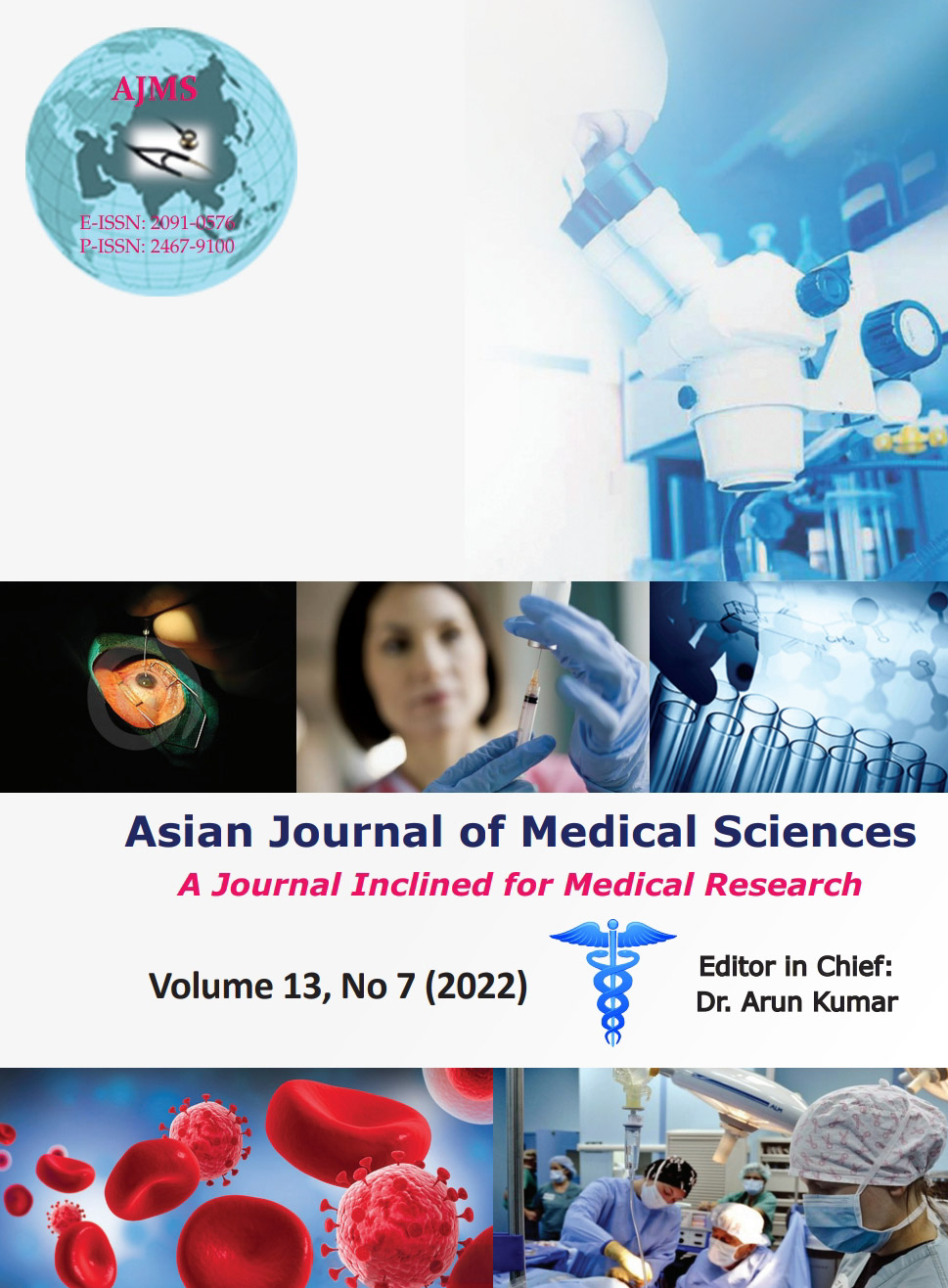Microbial profile with their antimicrobial susceptibility pattern in ear discharge of Chronic suppurative otitis media patients at a tertiary care hospital in Durgapur
Keywords:
CSOM, Methicillin-resistant Staphylococcus aureus, Middle ear diseaseAbstract
Background: Chronic suppurative otitis media (CSOM) is a persistent middle ear disease with high risk of irreversible complications in absence of timely management. It is a massive health problem in India having the highest prevalence rate (>4%) requiring urgent attention.
Aims and Objectives: The aim of the study was to find out risk factors, microbiological profile, with their susceptibility pattern, and of ear discharge in CSOM patients to provide guidelines for the empirical treatment.
Materials and Methods: Ear discharge samples from 135 clinically diagnosed CSOM patients were collected and processed. Microbial isolates were identified and drug susceptibility testing was conducted using Kirby-Bauer disc diffusion method.
Results: Pseudomonas species (59/135, 43.70%) was the predominant isolate followed by Staphylococcus species (37/135, 27.40%) while Aspergillus species (10/12, 83.33%) was the predominant fungus isolated. No anaerobic bacteria were isolated on culture. Gram-negative bacilli were most susceptible to Meropenem (100%) and Amikacin (100%) while Pseudomonas species was to Imipenem (98.35%). Gram-positive cocci showed 100% susceptibility to Vancomycin, Linezolid, and Doxycycline.
Conclusion: A continuous and periodic evaluation of microbiological pattern of CSOM and antimicrobial sensitivity of isolates is necessary for forming the basis of empirical treatment which shall aid in decreasing the potential risk of complications. Further, accurate and timely identification, knowledge of the pathogens, and judicious use of antibiotics are the need of the hour.
Downloads
Downloads
Published
How to Cite
Issue
Section
License
Copyright (c) 2022 Asian Journal of Medical Sciences

This work is licensed under a Creative Commons Attribution-NonCommercial 4.0 International License.
Authors who publish with this journal agree to the following terms:
- The journal holds copyright and publishes the work under a Creative Commons CC-BY-NC license that permits use, distribution and reprduction in any medium, provided the original work is properly cited and is not used for commercial purposes. The journal should be recognised as the original publisher of this work.
- Authors are able to enter into separate, additional contractual arrangements for the non-exclusive distribution of the journal's published version of the work (e.g., post it to an institutional repository or publish it in a book), with an acknowledgement of its initial publication in this journal.
- Authors are permitted and encouraged to post their work online (e.g., in institutional repositories or on their website) prior to and during the submission process, as it can lead to productive exchanges, as well as earlier and greater citation of published work (See The Effect of Open Access).




